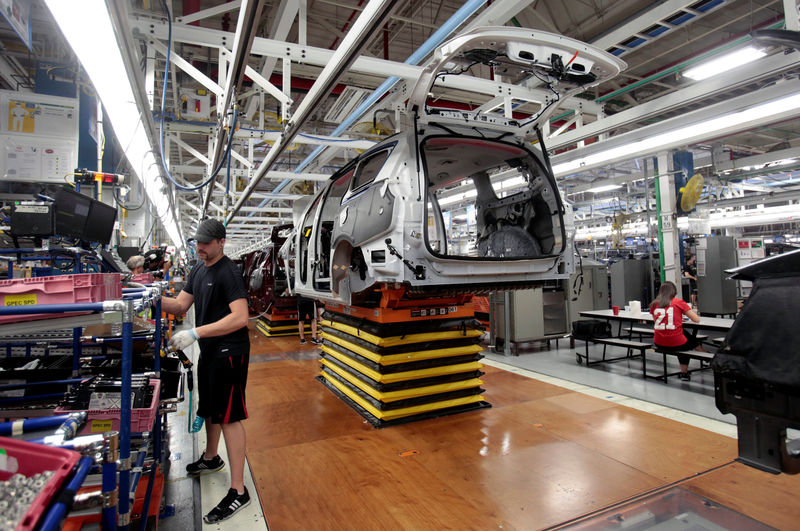(Bloomberg) -- The euro area’s manufacturing downturn deepened in December despite renewed monetary stimulus and nascent signs the regional economy is stabilizing.
IHS Markit’s gauge of factory activity weakened to 46.3, down from November’s 46.9 though slightly better than a flash estimate. It’s the 11th consecutive month in which the reading has been below 50, signaling contraction.
Orders fell, and the rate of job losses was the sharpest since the start of 2013.
The report will come as a disappointment after recent optimism that the bloc’s slowdown was bottoming out as international trade tensions and concerns over a disorderly Brexit ease. The economy is also being supported by a fresh wave of monetary stimulus from the European Central Bank.
“Manufacturers reported a dire end to 2019, with output falling at a rate not exceeded since 2012,” said Chris Williamson, chief business economist at IHS Markit. “The ability of the wider economy to avoid sliding into a downturn in the face of such a steep manufacturing contraction remains a key challenge for the euro zone as we head into 2020.”
Producers of intermediate and investment goods suffered most, while growth in consumer goods -- albeit marginal -- was reported for the first time since August.
Germany was again the weakest-performing country, and the contractions in the Netherlands and Italy were the steepest in more than six and a half years. France saw slight growth.
